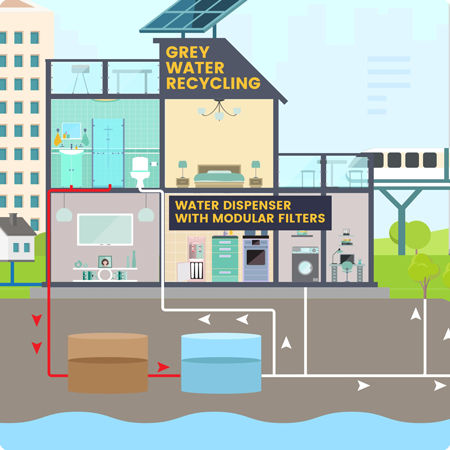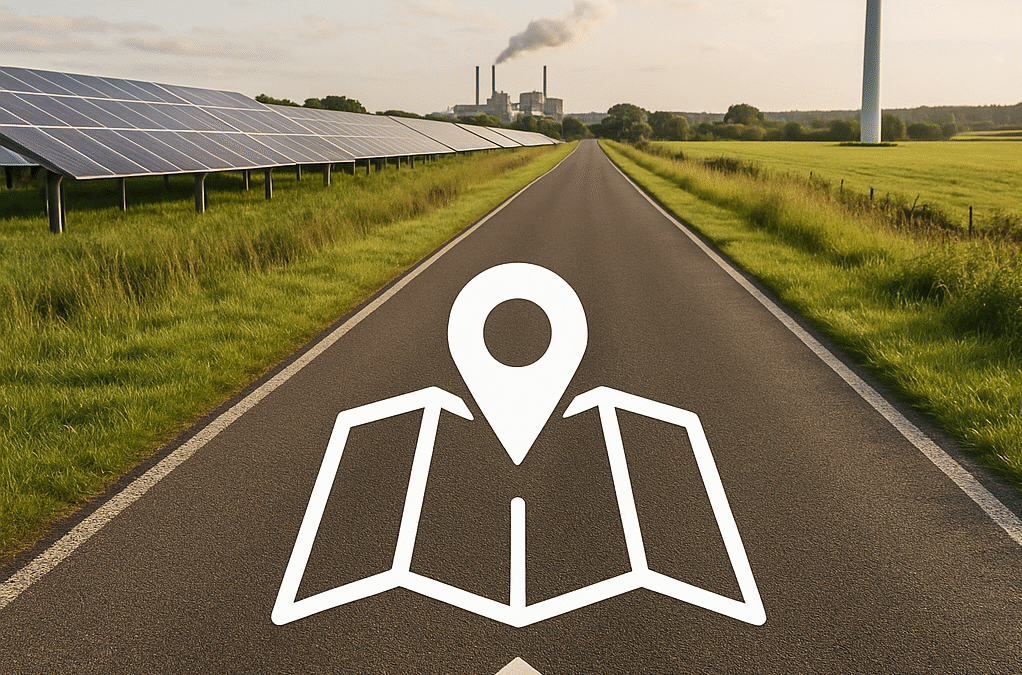The cost of living is rising and many homeowners around the UK and beyond are seeking to tighten their belts in order to pay their bills. Energy has been hit particularly hard and affected by major external forces, such as the war in Ukraine and its effects on Russian gas supplies. All of this, coupled with growing concerns over climate change and the future of our planet, is focusing people’s minds on how to live more sustainably and reduce both the costs of energy – and the amount we need to use. Installing energy-efficient measures in a home or commercial premises could help save a substantial amount of money and energy in one fell swoop.
Leaks and gaps
One effective way to improve energy efficiency of a building is to stop heat from escaping via cracks, gaps or holes in the infrastructure. This is especially key during colder weather and in damp or stormy conditions. That said, plugging the gaps not only keeps warm air in, during the winter, it also helps stop cooler air from escaping the building when outside temperatures rise in the summer months. Heating and cooling systems tend to be among the more energy-intensive appliances in a household. Making them work harder than they have to due to gaps and cracks simply wastes money and fuel.
Prime spots where leaks can occur inside a home or commercial building include the places where walls meet the floor and underneath doors. Other locations can be around pipes, window frames, fireplaces, vents and electrical outlets. Fixing these leaks can have a significant impact on the amount of heat (or cool air) that is retained inside the property.
New windows
Another key way to make a building more energy efficient is to replace windows that could have gaps around the frame or ill-fitting locks. While this can be an expensive outlay at first, the difference that replacement windows can make to an energy bill can be substantial. They can also help improve security around the home. Newer windows often come with stronger locks and added security features. Installing thick curtains or blinds by windows and doors can also help keep in the heat in the winter.
Insulation
Replacing or upgrading insulation is a third way to increase energy efficiency in a home. While this may not have as high an impact as stopping leaks or replacing badly fitting or broken windows, it can still make a difference to the energy bill. Checking on the insulation is particularly important in older houses, as the material used may be nearing the end of its life and not performing as well as it would have done when first installed.
Energy-efficient systems
Finally, the type of appliances and heating or cooling systems used can have a big impact on a building’s energy efficiency rating. Energy-hungry appliances include clothes dryers and heating, cooling and ventilation systems. These can all be upgraded to more modern models that have a more efficient operating system. Or, a heat pump system or similar renewable energy source can be installed to provide the power for these kinds of appliances to run more sustainably. This latter approach can help lessen the household or business’s reliance on the National Grid without having to compromise quite so much on which appliances can be operated and for how long. Heat pumps can heat or cool home and work by drawing in heat from outside and then compressing and transferring it, via the associated technology, to where it is needed inside the building.
Little changes
Finally, a more energy-efficient home can also be achieved through smaller changes, some of which will not cost very much or anything, to implement. Turning lights off when leaving a room, for example, or replacing older bulbs with LED equivalents. Unplugging appliances when not in use, line-drying clothes instead of tumble-drying them and setting the thermostat just one degree lower can also positively impact energy usage and bills.


